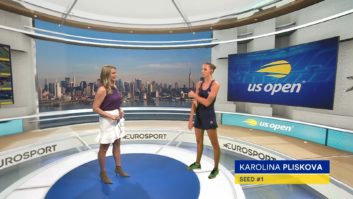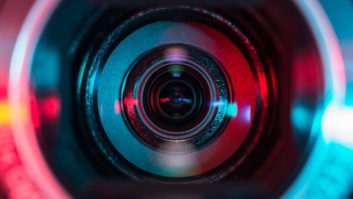
‘A Year in the Life of TV and Twitter’, published today by Kantar Media provides an in-depth look at the relationship between what we say and read about on Twitter and what we watch in the UK.
The independent report from Kantar Media finds that Twitter not only has the power to boost TV viewing during broadcast but that smaller channels and shows can boost their share of voice by employing effective Twitter strategies.
Based on an examination of a year’s worth of data from both Twitter and BARB, excluding news and live sports programmes, it found that there is a Twitter TV Top 30: In terms of volume of tweets, the top 30 TV series (excluding live sport and news programmes) account for 50 per cent of all measured UK Twitter TV activity and 9 per cent of viewing volume.
Other key findings include:
- TV Tweet levels broadly correlate with TV channel shares and programme/series viewing figures across a broad time period, although some channels over-perform on Twitter relative to audience share.
- Of the TV Tweets analysed, there was a noticeable skew towards entertainment, talent shows, constructed reality, documentaries, soaps, special events and some dramas, including Sherlock, DowntonAbbey and Doctor Who, where there is a cult or younger following.
- Twitter TV activity correlates with audience size at a broad level: the shows with the largest volume of Twitter TV activity tend to have higher audiences. However smaller shows can gain disproportionate levels of Twitter activity if they are social TV friendly.
- Twitter activity has a direct, positive influence on viewing figures during broadcast for 11 per cent of programmes, boosting audiences by an estimated 2 per cent during those shows.
“People have always talked about TV with friends and family, and Twitter extends these conversations outside the living room,” said Andy Brown, global CEO of Kantar Media. “This extensive study illustrates the positive correlation between Twitter and TV in the UK, but also shows that it is not as straightforward as assuming that a high number of viewers results in a large volume of tweets. Twitter friendly shows that encourage tweets during the broadcast or have a younger, evangelical audience for example, can punch above their weight, thereby distorting overall perceptions. This illustrates how proactive encouragement of social TV activity can positively impact programming schedules and advertising campaigns.”

Notable specifics for the 12-month period include:
- The X-Factor delivered 9.4 million Tweets over the year, winning the title for highest annual number of Tweets for a series and accounting for 8.6 per cent of all TV related Tweets across the year and 25 per cent of all Tweets in the weeks it was on air.
- TheBrits was the top single broadcast show with more than 4 million Tweets
- The most Tweeted about drama programme was the 50th anniversary edition of Doctor Who with 501,000 Tweets.
- Love Actually, shown on Christmas Day, was the most Tweeted about film of the year, with 150,000 Tweets, beating Harry Potter and the Half-Blood Prince (shown on 22 December) which had the highest live audience.
- Perhaps unsurprisingly given their fanbase, the most Tweeted about documentary was Crazy About One Direction, which generated more than 132,000 Tweets.
Joel Lunenfeld, global vice president of sales strategy at Twitter, commented: “Twitter and TV is a powerful combination for programme makers and advertisers alike. This study by Kantar Media is the first time that we have seen those patterns of consumer behaviour tracked over the course of a year in the UK. It provides a fascinating set of insights that will help the industry better understand and harness the power of social TV.”







